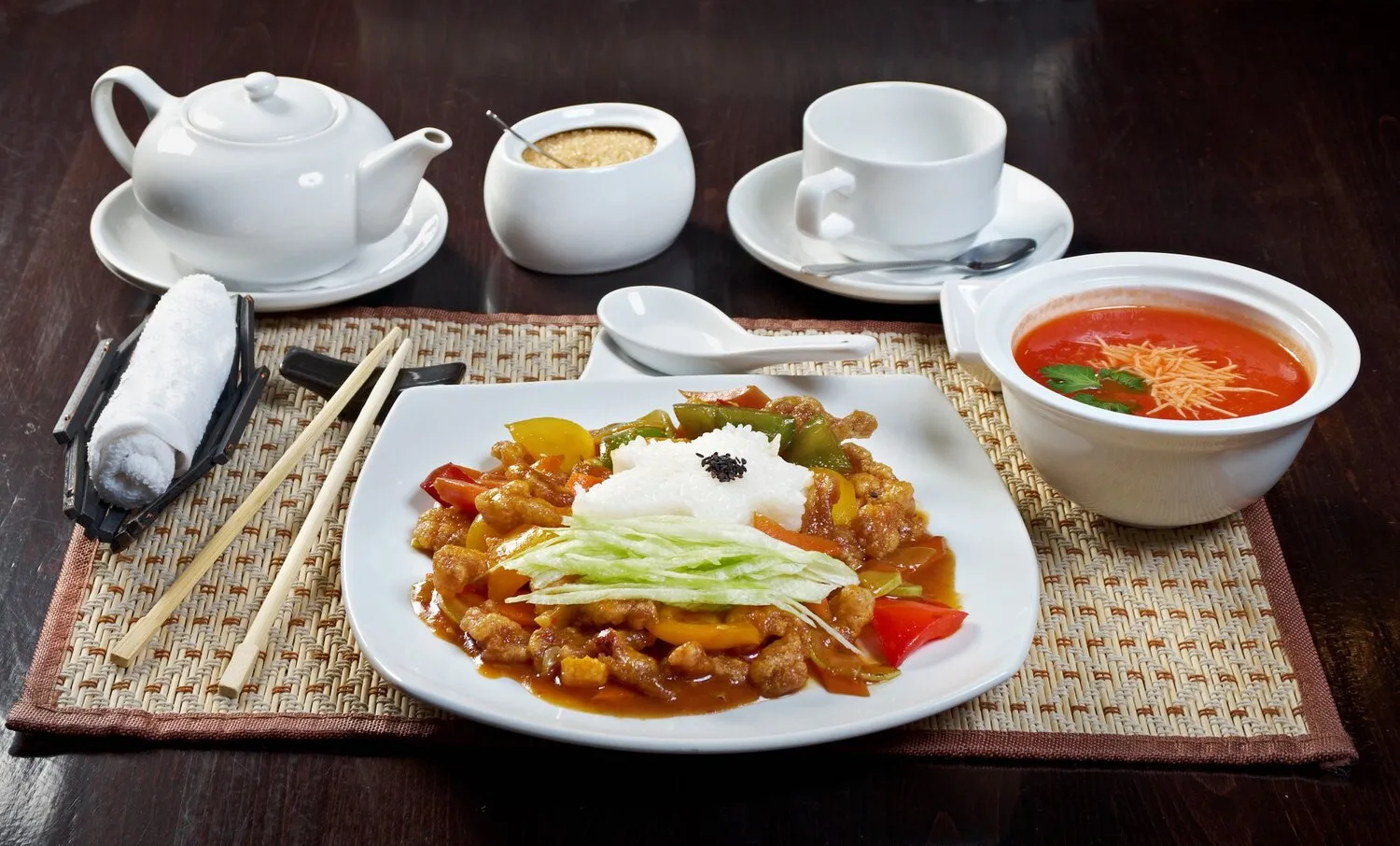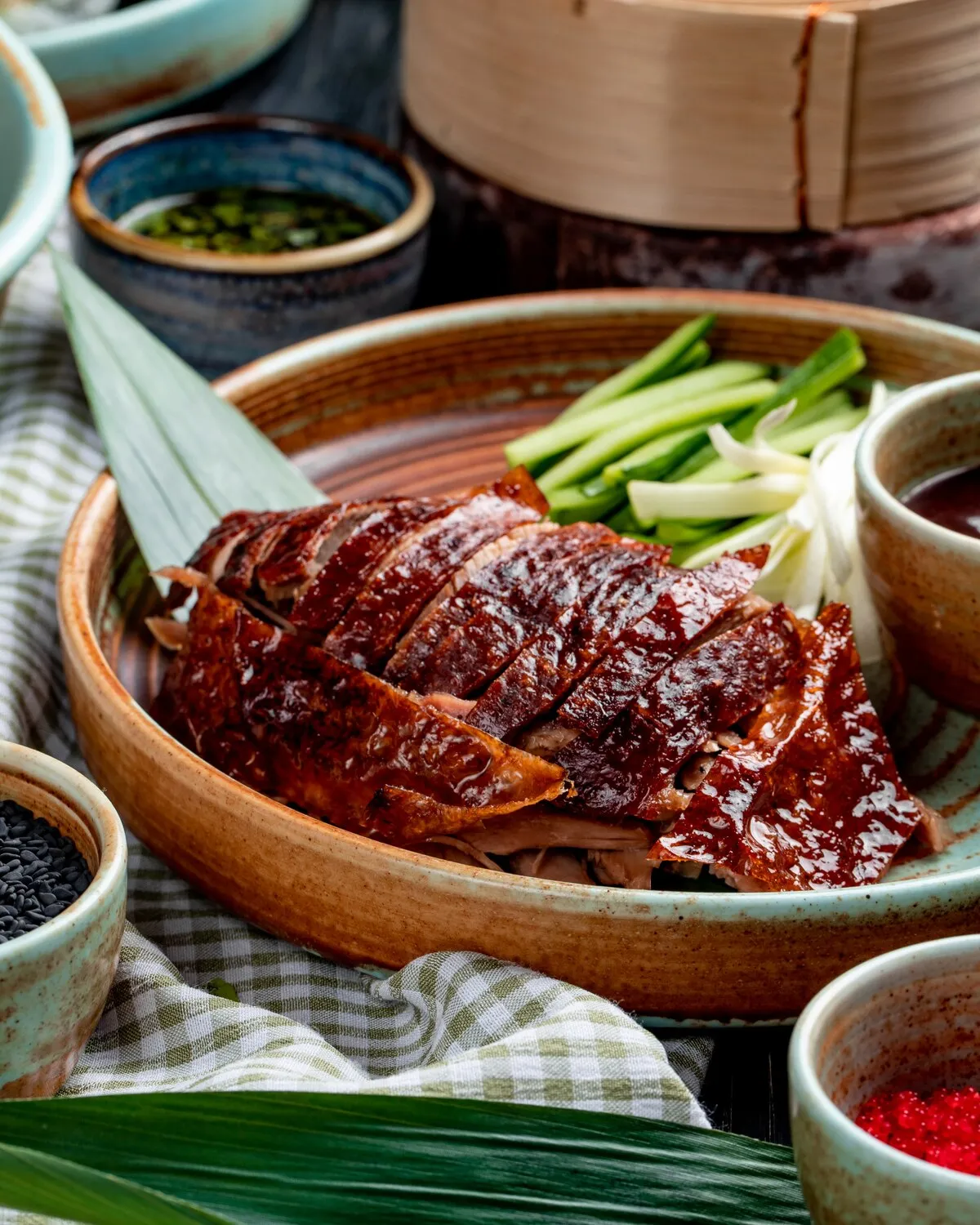
Foe Yong Hai
A Chinese omelet dish, typically containing vegetables and meat (often chicken or shrimp), served with a savory sauce.
Nutrition Facts
* The % Daily Value (DV) tells you how much a nutrient in a serving of food contributes to a daily diet. 2,000 calories a day is used for general nutrition advice.
Foe Yong Hai likely originated in China, inspired by various egg-based dishes. It was adapted and popularized in Indonesian-Chinese cuisine, becoming a staple dish in many Indonesian restaurants. The adaptation likely occurred due to the availability of local ingredients and Indonesian tastes.
Foe Yong Hai is a common and affordable dish found in Indonesian restaurants, often enjoyed as a main course with rice. Its widespread popularity reflects the integration of Chinese culinary techniques into Indonesian cuisine.
Indonesian-Chinese Cuisine
Foe Yong Hai exemplifies the fusion of Chinese and Indonesian culinary traditions, demonstrating how Chinese dishes have been adapted to suit local tastes and ingredients. It represents the cultural exchange and blending of flavors that have occurred over time.
Restaurant Staple
In Indonesia, Foe Yong Hai is a ubiquitous restaurant dish, widely available and often ordered as a comforting and familiar meal. Its consistent presence on restaurant menus highlights its importance in Indonesian-Chinese culinary culture.
The dish offers a delightful combination of savory, slightly sweet, and tangy flavors.
The omelette itself is savory, filled with vegetables like carrots, peas, cabbage, and often meat such as chicken, shrimp, or crab. The signature sweet and sour sauce adds a contrasting flavor profile, typically consisting of a tomato base with vinegar, sugar, soy sauce, and sometimes Worcestershire sauce for depth. The sauce's sweetness balances the omelette's richness, while its tanginess cuts through the oiliness.
Omelette Texture
Ensure the omelette is cooked through but still slightly moist inside. Overcooking results in a dry and rubbery texture. Use medium heat and avoid flipping the omelette too frequently.
Sweet and Sour Sauce Consistency
Adjust the ratio of sweet and sour ingredients in the sauce to your preference. Some prefer a sweeter sauce, while others prefer a tangier one. Cornstarch can be used to thicken the sauce to the desired consistency.
Ingredient Preparation
Dice the vegetables and meat into small, even pieces to ensure they cook evenly within the omelette. Pre-cooking the meat or tougher vegetables can also help.
Explore additional Chinese dishes and restaurants
Explore ChineseDiscover top dining spots and culinary experiences in Almere.
Explore AlmereLearn more about the food culture, restaurant scene, and culinary heritage of Netherlands.
Explore Netherlands
